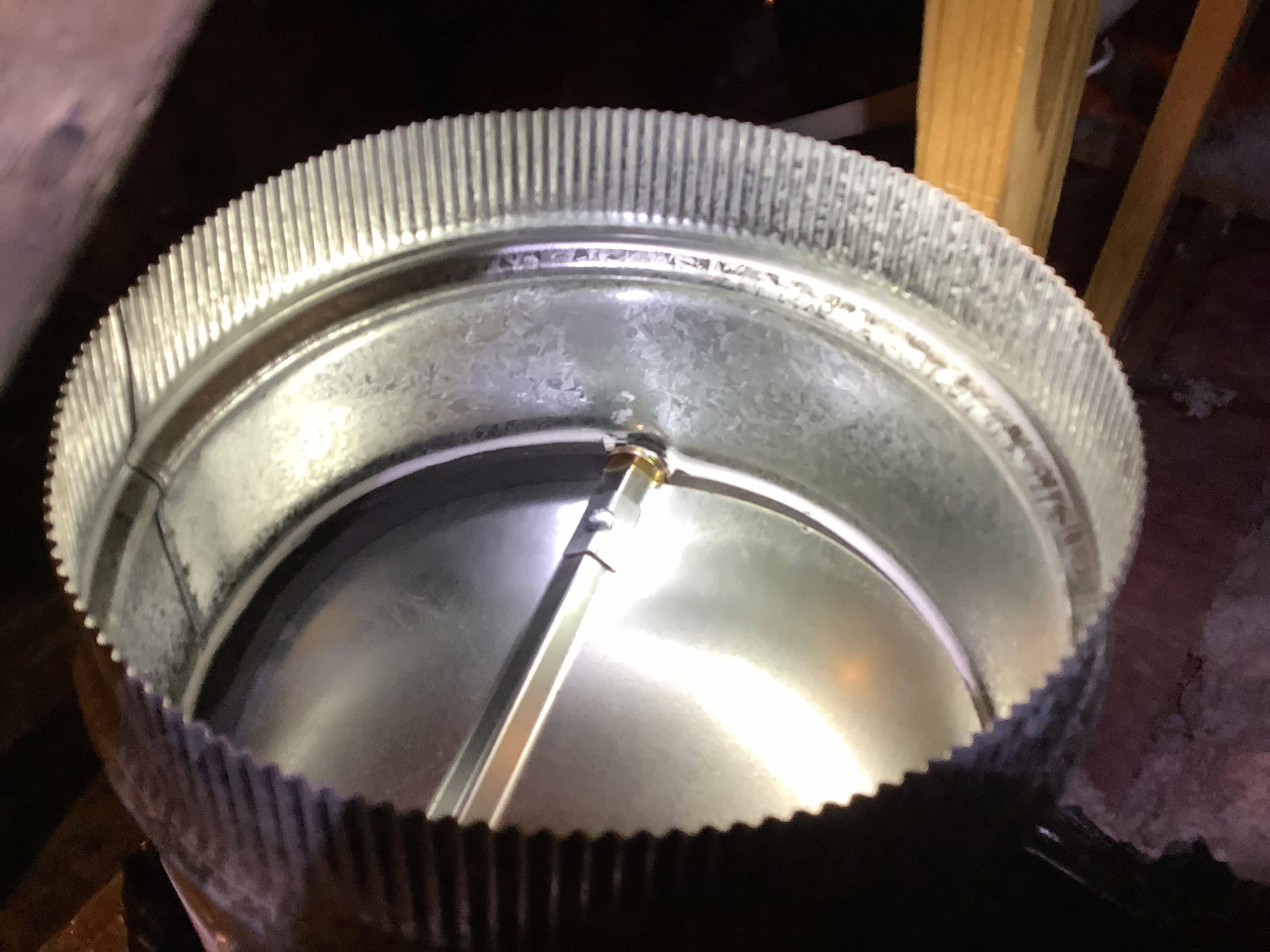
An HVAC damper adjusts the flow of conditioned air into a single room or zone inside a house. In many cases, a dedicated HVAC damper for an individual room or zone is located where the smaller duct that extends to that room branches off the home’s central air-supply duct. Air balancing is the process of adjusting multiple dampers so airflow volume into each room maintains uniform temperatures throughout the entire house.
When HVAC airflow is unbalanced, temperatures in various rooms may differ noticeably, depending on the location of the room in relation to the central air handler. Differing square footage between the rooms in a house is also a factor. Often, repeated thermostat adjustments and readjustments are made in an attempt to compensate and achieve uniform comfort everywhere at once. However, the usual result is inconsistent heating and cooling coverage, higher monthly HVAC costs, and more wear and tear on system components.
Getting Back in Balance with HVAC Dampers
Achieving air balance is a painstaking process of adjusting airflow throughout the house. Here are some of the factors involved in the procedure:
- A certified HVAC technician will use specialized equipment to measure airflow volume and record temperatures in each room.
- Individual HVAC air dampers may be manually adjusted to modify airflow into rooms. It’s a progressive process that usually involves multiple adjustments and readjustments of each damper in the system in order to ensure that temperatures throughout the entire house are consistent with the thermostat setting.
- The fan speed of the system blower located in the central air handler may require adjustment too.
- In some homes, a certain room or zone in the house may lack a dedicated damper in its supply duct—or the existing damper may be defective and no longer adjustable. In either case, a new damper may need to be installed.
For more about the important role that HVAC dampers play in system efficiency and home comfort, talk to the professionals at Jackson & Sons.